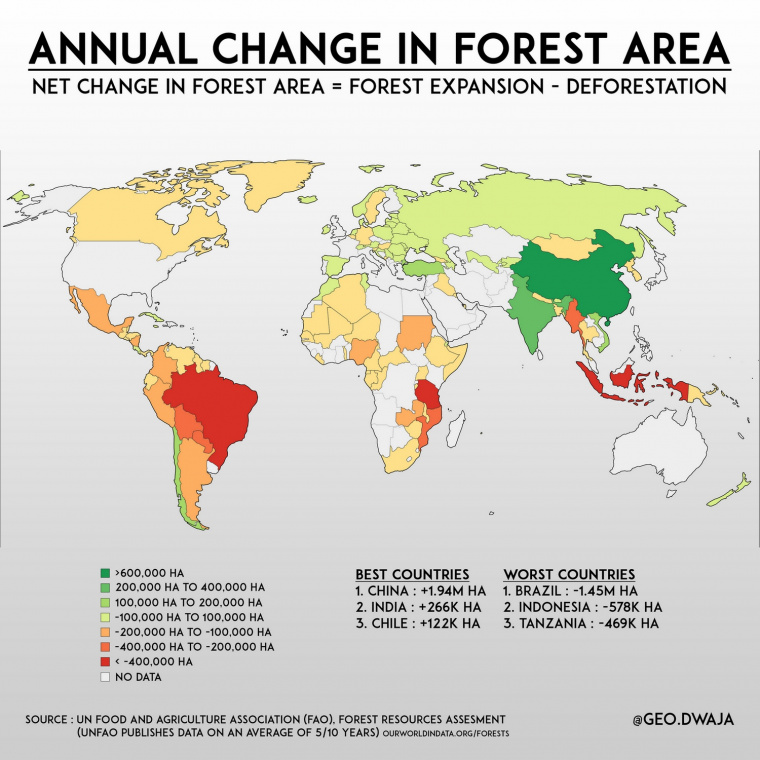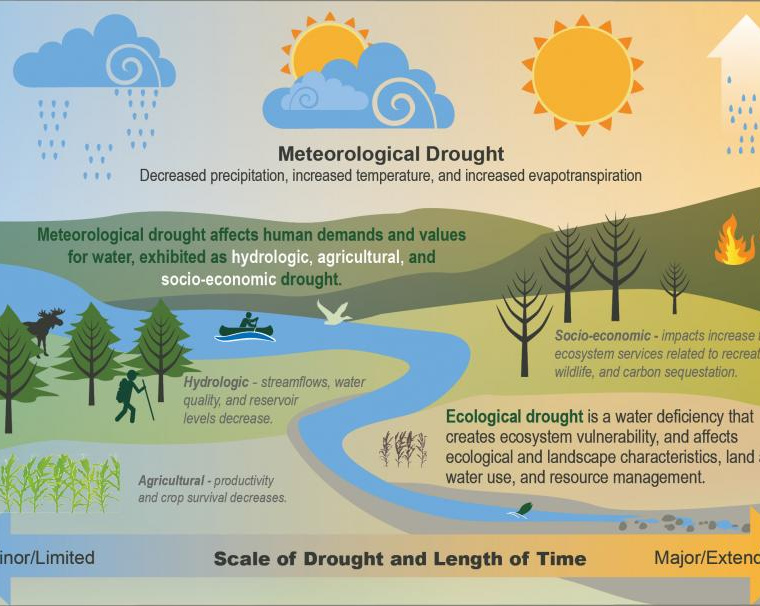Although carbon is a relatively new consideration in land management, it is consistent with sustaining the health, diversity, and productivity of the Nation’s forests and grasslands to meet the needs of present and future generations. Land management actions on public and private forests and grasslands can be designed to achieve carbon outcomes while meeting other sustainable resource management objectives. Forests are important in capturing and storing carbon, both onsite and in products, and management of these lands can contribute to mitigating climate change. The following considerations should be at the forefront when considering carbon along with other management objectives:
- Emphasize ecosystem function and resilience (Function First). Carbon sequestration capacity depends on sustaining and enhancing ecosystem function. Long-term sequestration should be planned in the context of changing climate and other environmental drivers. Management actions that help maintain resilient forests or transition vulnerable forests to a fully functioning and resilient state are more likely to store sequestered carbon over the long run.
- Recognize carbon sequestration as one of many ecosystem services (One of Many Services). Carbon sequestration is one of many ecosystem services provided by forests and grasslands. Strategies for including carbon in forest and grassland management must consider the suite of resources and outcomes desired from management actions. A balanced and comprehensive program of sustainable management will consider many ecosystem services, including carbon sequestered in biomass, soils, and wood products.
- Support diversity of approach (Diverse Approaches). Decisions about carbon in America’s forests are influenced by ownership goals, policy, ecology, geography, socioeconomic concerns, and other factors that vary widely. The Forest Service supports a variety of approaches to managing carbon and deriving value from carbon that are compatible with the objectives of different owners. A wide diversity in approaches can also foster rapid learning about forest, grassland, and carbon management in the context of climate adaptation.
- Consider system dynamics and scale in decisionmaking (Scale and Timeframe). Different ecosystems sequester carbon in different ways, at different rates, and within differing mosaics of landscape plans and trends. The carbon effects of forest and grassland management options should be evaluated within the carbon dynamics of long timeframes and landscape scales, with explicit consideration of uncertainties and assumptions. Where practical, system dynamics should be broadened beyond the ecosystem to consider full life-cycle impacts of decisions, including carbon storage in forest products and substituting wood-based options for fossil-fuel-intensive applications.
- Use the best information and analysis methods (Decision Quality). Forest management and policy decisions should be based on the best available science-based knowledge and information about system response and carbon cycling in forests, grasslands, and wood products. This information should be used wisely by dealing directly with uncertainties, risks, opportunities, and tradeoffs through sound and transparent risk-management practices. Forest plan revision, project-level implementation, and other decision processes should consider tools and approaches that explicitly address uncertainty, risks, and opportunities about climate impacts and forest carbon response.
Including carbon in land management planning activities through these considerations supports the widespread approaches of ecosystem and watershed management and does not require significant alteration of management strategies and approaches. A balanced approach to including carbon in management activities may, however, complement existing objectives and priorities even as it helps mitigate the Nation’s greenhouse gas emissions and promote climate adaptation.
Swanston, C.; Buford, M. (May, 2017). Carbon Considerations in Land Management. U.S. Department of Agriculture, Forest Service, Climate Change Resource Center. https://www.fs.usda.gov/ccrc/topics/carbon-considerations-land-management





